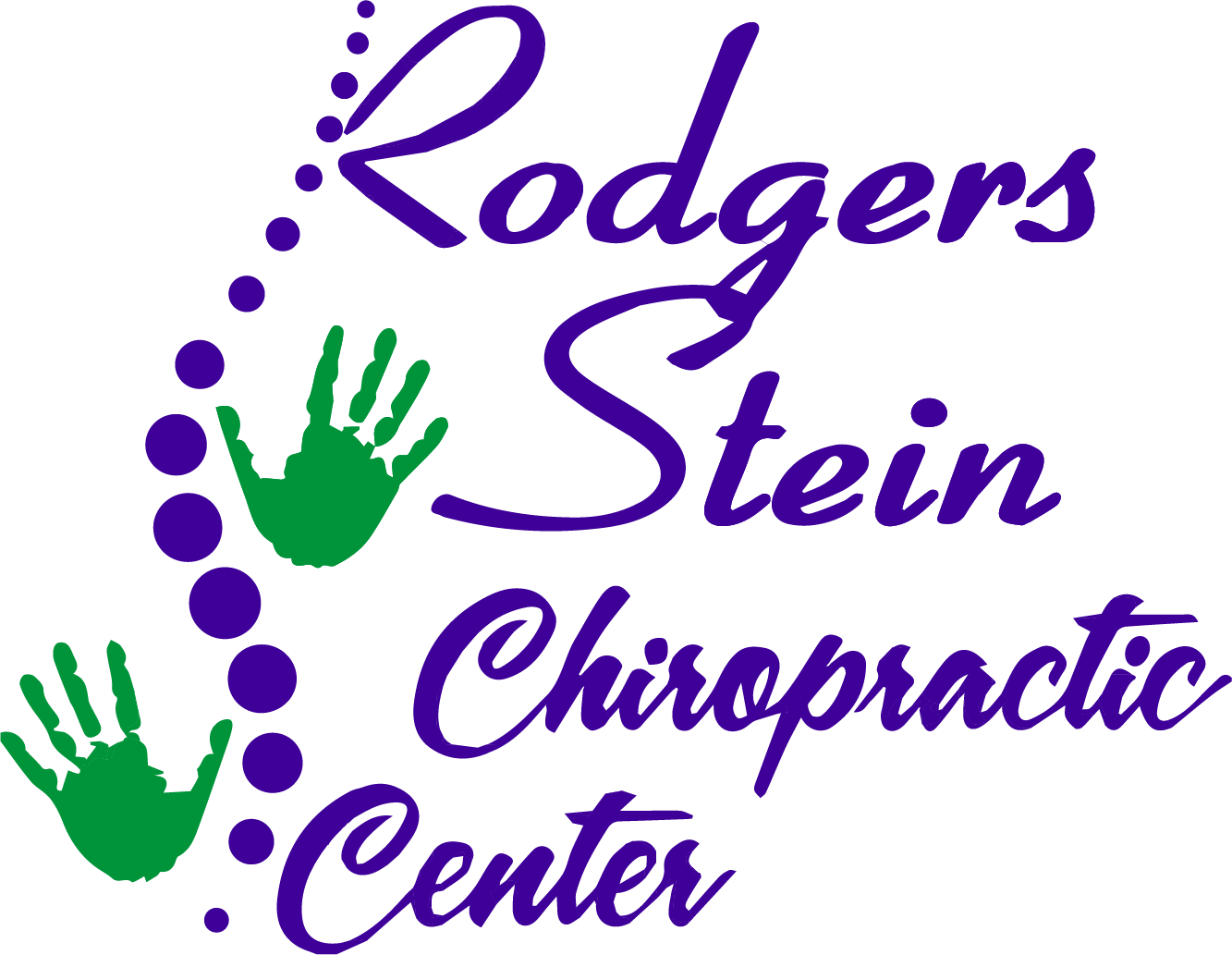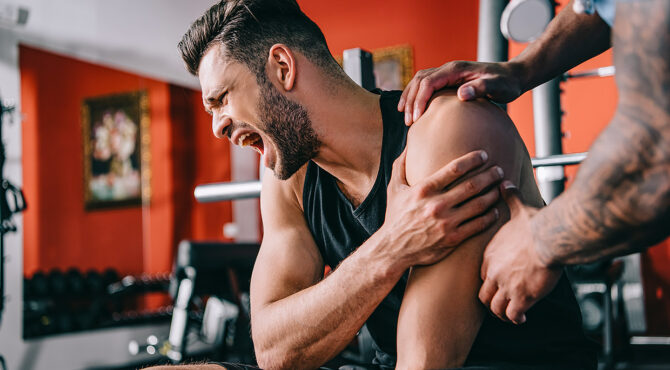You might not realize how vital flexibility and mobility are for your overall physical performance and daily well-being. By understanding the benefits and incorporating key techniques into your routine, you can enhance your range of motion and reduce the risk of injuries. But where do you start, and which methods are most effective? As we explore essential stretching techniques and practical mobility drills, you'll uncover insights that could transform your approach. Get ready to discover how small changes can lead to significant improvements in your physical health.
Understanding Flexibility and Mobility
Flexibility and mobility are essential components of overall physical health, enhancing your ability to move freely and perform daily activities with ease. Understanding these two concepts can greatly improve your physical well-being and quality of life.
Flexibility refers to the range of motion in your joints and muscles. It's about how far you can stretch or lengthen your muscles, which directly affects your movement capabilities. If you're flexible, you'll find it easier to reach, bend, and twist without discomfort.
On the other hand, mobility involves the ability to move actively in your intended range of motion. It's not just about how far you can stretch; it's about how well you can control those movements. Good mobility allows you to perform actions smoothly, such as squatting, lunging, or climbing stairs, without straining your body.
Both flexibility and mobility are interconnected. If your muscles are tight, your mobility may be compromised, making it harder to perform everyday tasks. Similarly, limited mobility can hinder your ability to stretch effectively.
To enhance these qualities, you'll need to incorporate specific exercises and practices into your routine, such as dynamic stretches, yoga, or strength training. By focusing on flexibility and mobility, you'll not only improve your physical performance but also reduce the risk of injury and enhance your overall comfort in daily life.
Understanding these concepts is the first step toward a more active, pain-free lifestyle.
Benefits of Increased Flexibility
Increased flexibility can greatly enhance your physical performance, making everyday activities easier and more enjoyable.
It also plays an essential role in reducing the risk of injuries, allowing you to stay active and healthy.
Plus, improved flexibility promotes better posture alignment, which can lead to less strain on your body over time.
Enhanced Physical Performance
Improving your flexibility can greatly enhance your physical performance in various activities, from sports to everyday movements. When you incorporate flexibility training into your routine, you'll notice that your range of motion increases. This means you can move more freely, allowing for smoother and more efficient movements whether you're running, jumping, or lifting weights.
In sports, enhanced flexibility contributes to better technique and execution. For instance, if you're a runner, greater flexibility in your hips and legs can improve your stride and speed. In strength training, increased flexibility aids in proper form, enabling you to lift weights more effectively and with better control.
Daily activities also become easier with improved flexibility. Tasks like bending down to tie your shoes or reaching for items on a high shelf can feel less strenuous. Your body is designed to move fluidly, and enhancing your flexibility helps restore that natural movement pattern.
Additionally, you'll likely find that increased flexibility can lead to improved muscle performance. When your muscles can stretch and contract more effectively, you can exert greater force, resulting in enhanced athletic performance overall.
Reduced Injury Risk
One of the most significant benefits of enhanced flexibility is the substantial reduction in injury risk. When your muscles, tendons, and ligaments can stretch and adapt more easily, they're less likely to become strained or torn during physical activities. Increased flexibility allows your body to move through a greater range of motion without discomfort, which means you can perform exercises and daily tasks with less chance of injuries.
For instance, if you're involved in sports or high-impact activities, being flexible helps you absorb shocks better and maintain proper form, reducing the likelihood of sprains and strains.
Additionally, enhanced flexibility can alleviate tightness in your muscles, which often leads to imbalances and injuries over time.
Incorporating regular stretching and mobility exercises into your routine not only keeps your muscles limber but also supports joint health. By prioritizing flexibility, you're empowering yourself to engage in activities you love without fear of getting hurt.
Improved Posture Alignment
Enhanced flexibility not only reduces injury risk but also plays an essential role in achieving better posture alignment. When your muscles and joints are flexible, they can move more freely, allowing your body to maintain a natural and balanced position. This alignment helps distribute your weight evenly, reducing strain on your muscles and joints.
Improved posture leads to various benefits. You'll find it easier to breathe deeply, which increases oxygen flow and enhances overall energy levels. Plus, good posture can boost your confidence, making you feel more self-assured in social and professional situations.
Incorporating stretching routines and mobility exercises into your daily life can help you enhance your flexibility. Simple practices like yoga or Pilates not only lengthen your muscles but also promote awareness of your body's alignment.
As you progress, pay attention to how your posture changes. You might notice less tension in your neck and shoulders, as well as a decrease in back pain.
Consistency is key; with time, you'll develop a more aligned, healthier posture that supports your overall well-being. Embrace this journey, and watch how it transforms your daily life.
Essential Stretching Techniques
Now that you understand the benefits of increased flexibility, it's vital to explore essential stretching techniques.
You'll find that dynamic stretching can warm up your muscles effectively, while static stretching helps improve your range of motion.
Plus, incorporating PNF stretching can enhance your flexibility even further, so let's break these down.
Dynamic Stretching Benefits
Dynamic stretching energizes your muscles and prepares your body for action by incorporating movement into your stretching routine. Unlike static stretches, dynamic stretches involve continuous movements that mimic the activity you're about to perform. This not only increases blood flow to your muscles but also enhances your range of motion, making it easier to execute your workout or sport.
When you engage in dynamic stretching, you activate multiple muscle groups while elevating your heart rate. This can improve your overall athletic performance and reduce the risk of injury. For instance, leg swings, arm circles, and walking lunges are excellent ways to engage your core and limbs simultaneously.
You'll find that these movements help improve coordination and balance, essential for many physical activities.
Moreover, dynamic stretching can positively influence your mental focus. As you perform these movements, you mentally prepare for the task ahead, sharpening your concentration and motivation.
Ultimately, incorporating dynamic stretching into your warm-up routine can lead to better flexibility, enhanced performance, and a reduced likelihood of strains or sprains. So, get moving and make dynamic stretching a crucial part of your preparation!
Static Stretching Techniques
Static stretching is an essential component of any fitness routine, especially for improving flexibility and promoting recovery. It involves holding a stretch for a specific duration, typically 15 to 60 seconds, to lengthen the muscles and increase your range of motion. To get the most out of static stretching, focus on major muscle groups like your hamstrings, quadriceps, hip flexors, and shoulders.
Begin by warming up your body with light aerobic activity for about five to ten minutes. This prepares your muscles for stretching and reduces the risk of injury.
When you perform static stretches, make sure to breathe deeply and relax into each position. Avoid bouncing or using jerky movements, as this can lead to strains.
Incorporate stretches like the seated hamstring stretch or the standing quadriceps stretch into your routine. You should feel a gentle pull but never pain.
Stretch at least three times a week for ideal results. Consistency is key, so try to include static stretching after workouts or during dedicated flexibility sessions. This will help enhance your overall mobility and keep your muscles healthy.
PNF Stretching Explained
PNF stretching, or proprioceptive neuromuscular facilitation, is a highly effective technique designed to enhance flexibility and improve muscle function.
It involves both stretching and contracting the targeted muscle group, making it one of the most efficient ways to increase your range of motion. You can perform PNF stretching alone or with a partner for best results.
Here's how you can implement PNF stretching effectively:
- Choose a Muscle Group: Decide which area you want to stretch, such as your hamstrings or shoulders.
- Stretch the Muscle: Gently stretch the muscle to its limit and hold for about 10-15 seconds.
- Contract the Muscle: Engage the muscle by pushing against resistance (like a partner's hand) for 5-10 seconds.
- Relax and Stretch Again: Release the contraction and immediately stretch the muscle again, often achieving a deeper stretch.
Incorporating PNF stretching into your routine can greatly boost flexibility and mobility, making it an essential tool for athletes and fitness enthusiasts alike.
Try it out, and you'll likely notice remarkable improvements!
Mobility Drills for Daily Life
Incorporating mobility drills into your daily routine can greatly enhance your overall flexibility and ease of movement. These exercises don't require much time or equipment, making them easy to fit into your busy schedule.
Start your day with a few key mobility drills to wake up your body and prepare it for movement.
One effective drill is the hip opener. Stand tall, lift one knee toward your chest, and gently pull it in with both hands. Hold for a few seconds, then switch sides. This helps increase hip flexibility, vital for daily activities like walking or climbing stairs.
Next, try the thoracic spine rotation. Sit on the floor with your legs crossed. Place one hand behind your head and rotate your upper body toward that side, keeping your lower body grounded. Hold for a few seconds and switch. This exercise improves spinal mobility, which is essential for maintaining good posture.
Don't forget about ankle mobility. Stand upright and shift your weight onto one leg. Lift the other foot off the ground and draw circles with your toes. This simple movement helps maintain ankle flexibility, reducing the risk of injury during sports or everyday tasks.
Incorporating these drills throughout your day—whether during a break at work or while watching TV—can markedly boost your mobility. Just a few minutes each day can lead to noticeable improvements, making your movements smoother and more efficient.
Incorporating Yoga and Pilates
Yoga and Pilates are fantastic ways to further enhance your flexibility and mobility after you've warmed up with those daily drills. Both practices focus on controlled movements and deep stretches that help you connect your mind and body. By incorporating them into your routine, you'll notice considerable improvements in your range of motion and overall mobility.
Here are four key benefits of adding Yoga and Pilates to your regimen:
- Increased Flexibility: Regular practice targets tight muscles, allowing you to stretch areas that daily drills mightn't cover. You'll find yourself achieving deeper stretches over time.
- Improved Core Strength: Both disciplines emphasize core engagement, which supports better posture and stability. A strong core can prevent injuries and enhance your performance in other activities.
- Enhanced Body Awareness: Yoga and Pilates encourage mindfulness and focus on your body's movements. This awareness helps you identify tight areas and adjust your daily activities to avoid strain.
- Stress Relief: Incorporating breath work and meditation in these practices can considerably reduce stress, leading to a more relaxed body and mind. Lower stress levels can improve your overall mobility, making movement feel easier.
To get started, consider scheduling a couple of sessions each week. Whether you choose a class or follow online tutorials, you'll be well on your way to experiencing the benefits of these practices.
Lifestyle Tips for Better Mobility
To enhance your mobility, it's important to adopt lifestyle habits that support your body's natural movement patterns. Start by incorporating regular movement into your daily routine. Instead of sitting for long periods, take short breaks every hour to stand, stretch, or walk around. This simple practice can greatly improve your flexibility and reduce stiffness.
Next, pay attention to your posture. Whether you're sitting at a desk or standing in line, maintaining good alignment helps prevent muscle imbalances and tightness. Consider investing in ergonomic furniture or using props like cushions to support your posture throughout the day.
Hydration is another key factor. Drinking enough water keeps your muscles and joints lubricated, which is essential for effective movement. Aim for at least eight glasses of water daily, adjusting based on your activity level and climate.
Additionally, prioritize sleep. Quality rest is critical for muscle recovery and overall wellness. Make sure you're getting 7-9 hours of sleep each night to allow your body to repair and rejuvenate.
Finally, incorporate a balanced diet rich in anti-inflammatory foods, such as fruits, vegetables, nuts, and whole grains. Foods high in omega-3 fatty acids, like salmon and flaxseeds, can also support joint health.
Tracking Your Progress
Tracking your progress is essential for understanding how your efforts impact your flexibility and mobility. When you monitor your improvements, you can identify what works best for you and make necessary adjustments to your routine.
Here's how you can effectively track your progress:
- Keep a Flexibility Journal: Document your stretches, exercises, and any noticeable changes in your flexibility. Note how you feel before and after each session. This will help you see trends over time.
- Use a Measuring Tool: Use a tape measure or an app to record your range of motion in different stretches. Measuring the distance you can reach or the angle of your flexibility can provide clear, quantifiable progress indicators.
- Set Specific Goals: Define achievable short-term and long-term flexibility goals. These could be holding a stretch for a certain duration or achieving a specific pose. Having clear targets gives you something to work towards.
- Take Progress Photos or Videos: Capture your movements through photos or videos. Comparing past and present images can visually highlight your improvements and motivate you to keep going.
Conclusion
Incorporating flexibility and mobility practices into your daily routine can transform your physical performance and overall well-being. By embracing essential stretching techniques, mobility drills, and healthy lifestyle habits, you'll not only enhance your range of motion but also prevent injuries. Don't forget to track your progress; seeing how far you've come can be incredibly motivating. Start today, and you'll soon feel the positive effects on your body and daily life. Keep moving and stay flexible!



